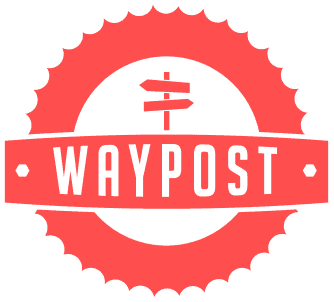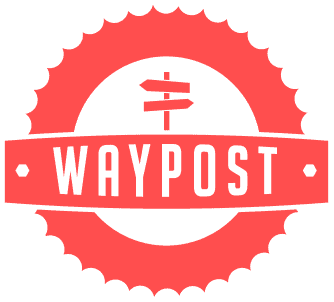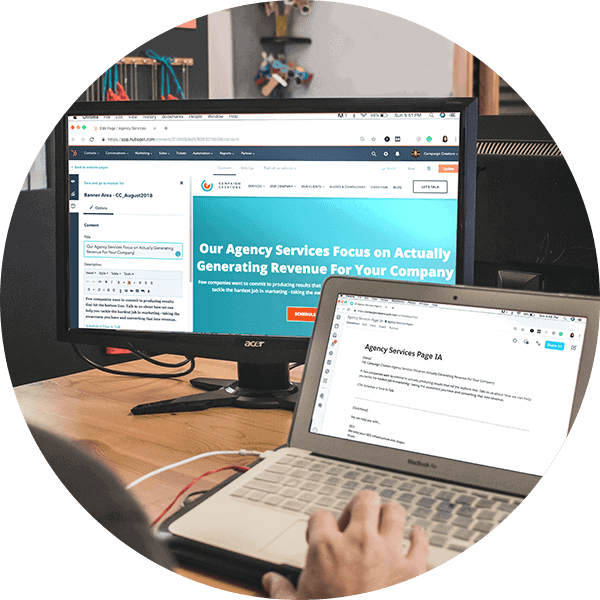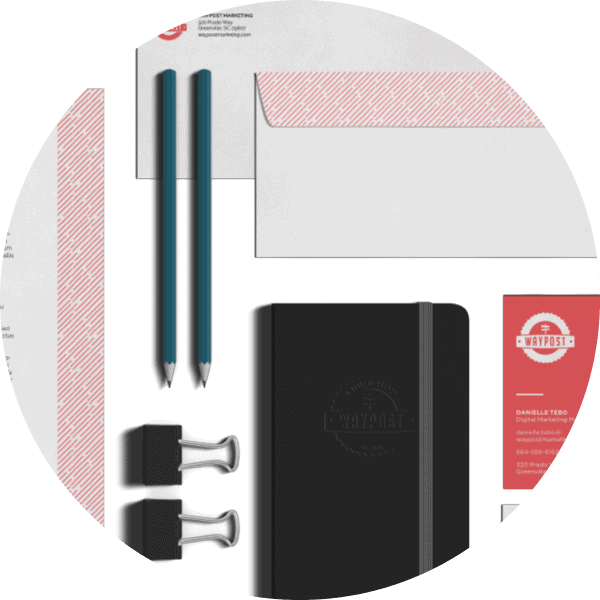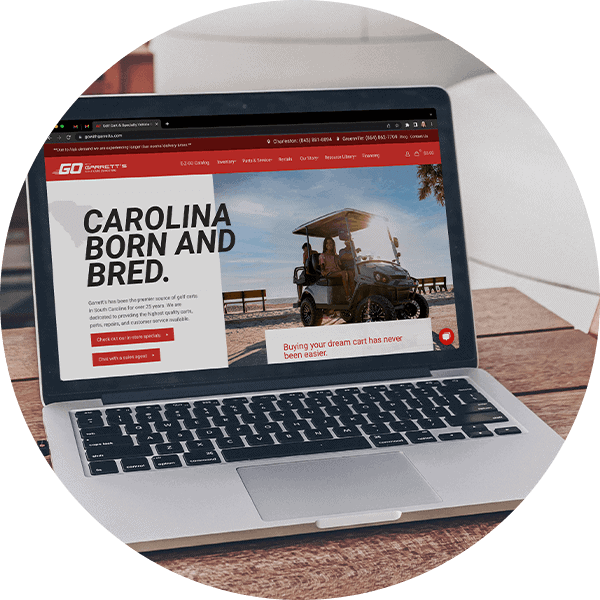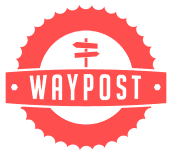
Top 5 Reasons Business Owners Should Invest in HubSpot Service Hub
October 24, 2024
How to Market Complex B2B Products? — A 5-Step System
November 4, 2024If it ain’t broke, don’t fix it.
We know this by now, but what do you fix when things are actually very “broke” and your Google Ads are not working? Is it the agency? Is it the budget? Am I not investing enough? Or is it the ad copy? Finding just the right fix takes a minute, so here are our top Google Ads troubleshooting tips for common Google Ads concerns businesses often face.
1. Google Ads Getting No Impressions? Get Better Keywords
What we hear:
“I am not getting any impressions but I am sure my budget is sufficient.”
“My budget is not spending.”
“I get irrelevant phone calls, leads, form submissions, traffic, or search terms.”
If your Google ads are not showing up at all and your budget isn’t being spent, something’s definitely off. Start by checking your keyword list.
Reconsider Keyword Costs
Keywords come with varying price tags. For instance, a click on “personal injury lawyer near me” averages $79.47, and even more if there’s tough competition. On the other hand, “personal injury lawyer near me free consultation” costs around $37.61—over 50% cheaper (as of August 2024).
If your daily budget and keyword costs are out of sync, your ads might not show at all. Choose keywords that align with your goals but are also budget-friendly. By knowing how many clicks lead to a conversion and how many conversions you need for a customer, you can set a daily budget that delivers the right number of clicks.
Your Keywords Are Too Specific
B2B advertisers often face the challenge of keywords with low search volumes. If nobody is searching for a term, it’s time to find better alternatives. Some service categories or names are either not widely used or confusing to the general public.
For example, “sleep lab management” might be searched by both patients and healthcare organizations. Those two users have different needs and are searching for different solutions. To reach the right audience, think like your users and choose keywords that reflect their language.
Reconsider the Keyword Match Types
Advertising algorithms evolve every year. Currently, broad match keywords reach wider audiences but can attract a lot of irrelevant traffic and clicks. On the flip side, phrase and exact match keywords are more targeted but can be more expensive and limited.
There’s no one-size-fits-all answer. We’ve seen success with both broad and phrase/exact match keywords. However, we recommend using phrase-match keywords for bottom-of-the-funnel campaigns and broad match for testing and top-of-the-funnel efforts.
2. No Clicks? Write a Better Ad Copy
What we hear:
“I get impressions but not enough clicks.”
“My CTR is too low.”
A great ad copy does more than just communicate key messages; it builds trust and filters in the right users. If your Google ads aren’t working because they aren’t getting clicks, consider what your competitors are doing differently. Do they have a more compelling ad?
Make sure to use all available headline and description fields for search ads. Include your location, address customer needs, describe your services, and offer a strong call-to-action. Your call-to-action should encourage clicks and set clear expectations about what users will find on your website. Focus on helping the user solve their problem with your ad, rather than just pushing a sale.
Set Up Ad Assets
Take advantage of every ad asset at your disposal. Formerly known as ad extensions, these tools can enhance your search ads if they qualify. Utilize images, brand names, logos, phone numbers, promotions, sitelinks, structured snippets, callouts, and more.
An image asset, for instance, can make your ad stand out and catch the user’s eye.
3. No Conversions? Build a Better Website
What we hear:
“I am getting visits and clicks, but no leads or customers.”
“My paid traffic has an incredibly high Bounce Rate, everyone just leaves without submitting a form.”
Your paid traffic should never have the highest bounce rate in your analytics reports. The ad is designed to attract the most relevant audience with a high intent to buy, convert, or inquire, thereby increasing your website visitors’ value too.
If your search terms are relevant, your ad copy aligns with your content, and users still leave without engaging, it’s a sign that your website needs improvement.
Serve User Intent
Your landing page or website should be both informative and interactive. For someone searching for a “workers comp lawyer near me,” they want to see your team, credentials, case studies, and how to get a free consultation. Conversely, a search for “do i qualify for compensation for an injury at work” is more informational.
It should meet the intent behind your organic and paid keywords and address the needs and concerns of your ideal customer.
Speed matters
Know the 3-second rule: most mobile users will abandon your site if it takes more than 3 seconds to load. Remove elements that slow down your page load time. Prioritize practicality and effectiveness over flashy designs and unnecessary features.
Is It Easy to Convert?
Place contact forms, downloadable offers, quizzes, chats, and other conversion opportunities where they’re easily noticeable.
Lastly, keep in mind that a website typically needs updating every 1.5 to 2.5 years. If your site feels outdated for current user behaviors, it might be time for a redesign.
In this context, it’s important to remember the difference between an advertising and a marketing agency. While the former can plan and execute your paid promotion strategy, a marketing agency will consider the bigger picture and account for aspects that go beyond the ad itself.
4. Google Ads is Too Expensive? Manage Your Costs And Expectations
What we hear:
“I spend X amount on Google and have not received any leads.”
“Isn’t there a cheaper way to get these conversions?”
“Is Google Ads really worth it?”
“We used to get better ROI from our Google Ads back in 2019. What changed?
Google Ads costs have been rising by at least 10% every year, and there’s currently no paid search alternative that compares. With 80% of businesses worldwide advertising on Google Ads and an average return on ad spend of around 2:1, Google Ads holds a dominant position. Google Search Network performs even better, offering an with an $8 return for every $1 spent.
So, to answer your question: Yes, Google Ads is expensive. Yes, it’s still worth it. And yes, you can make it work on Google Ads with some testing and data-driven decision making practices, because there’s no close alternative—at least for now. To keep up with rising costs, consider increasing your ad budget by at least 10% each year.
In the meantime, don’t settle for costs that seem inflated for your industry. Here’s where to look:
- Poor Website Experience – High cost per lead could be due to a website that doesn’t convert well. Invest in revamping your landing page and website to boost conversion rates.
- Expensive Keywords – High costs might come from paying for pricey clicks with a small daily budget. Target cheaper keywords if you’re on a tight budget, or increase your budget to accommodate your expensive keyword list.
- Wrong Bidding Strategy – You might be using the wrong bidding strategy. While smart bidding strategies often yield great results, they aren’t foolproof. Test different strategies to find one that fits your budget and performs well.
- Change Your Location Targets – Focus on geographical areas that are relevant to your business but have less competition. For instance, target specific cities, radiuses or zip codes rather than entire states.
- A Good Negative Keyword List – Negative keywords are a fantastic cost-saving tool. They prevent your ads from showing for irrelevant searches. For example, if you’re targeting “personal injury lawyer,” exclude terms like “salary,” “jobs,” “degree,” “how to,” and more to avoid paying for clicks that don’t lead to conversions.
Google Ads is the best PPC advertising platform for most businesses, but continuous PPC analysis, testing, and experimentation are what make a client highly successful. Supplementing rising costs with a strong marketing funnel and serving a modern, productive website will maximize your advertising outcomes.
